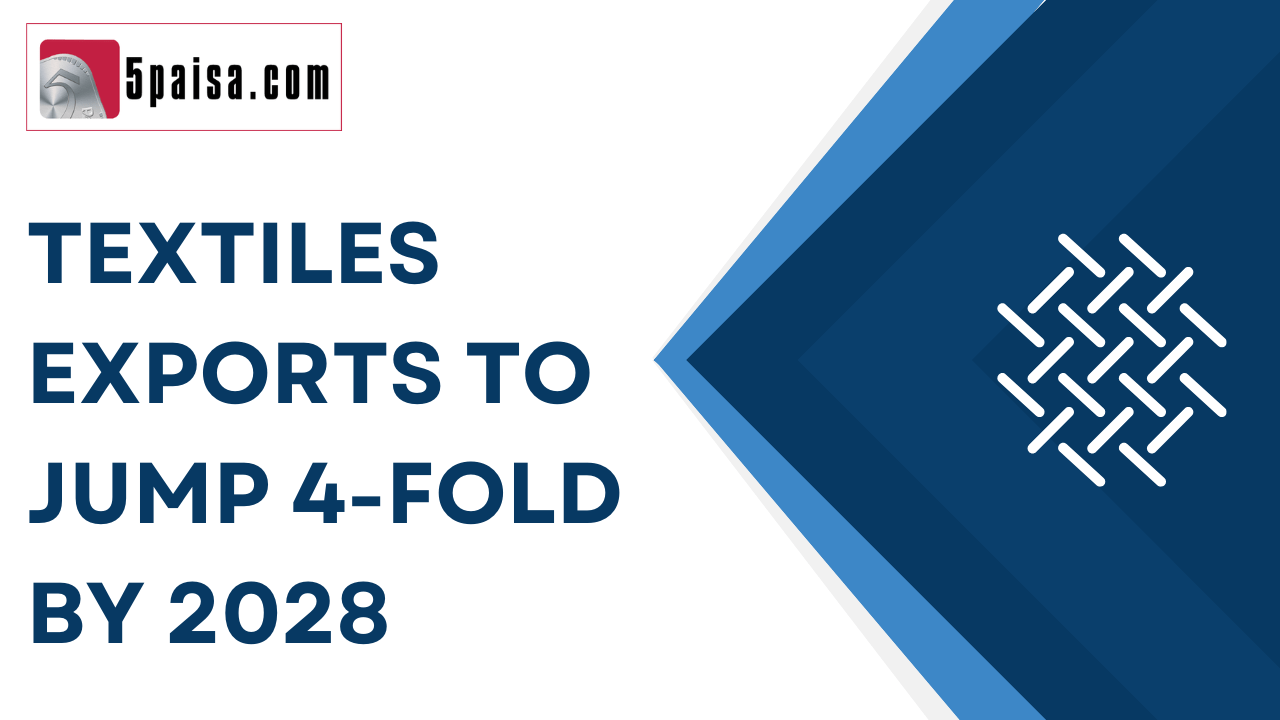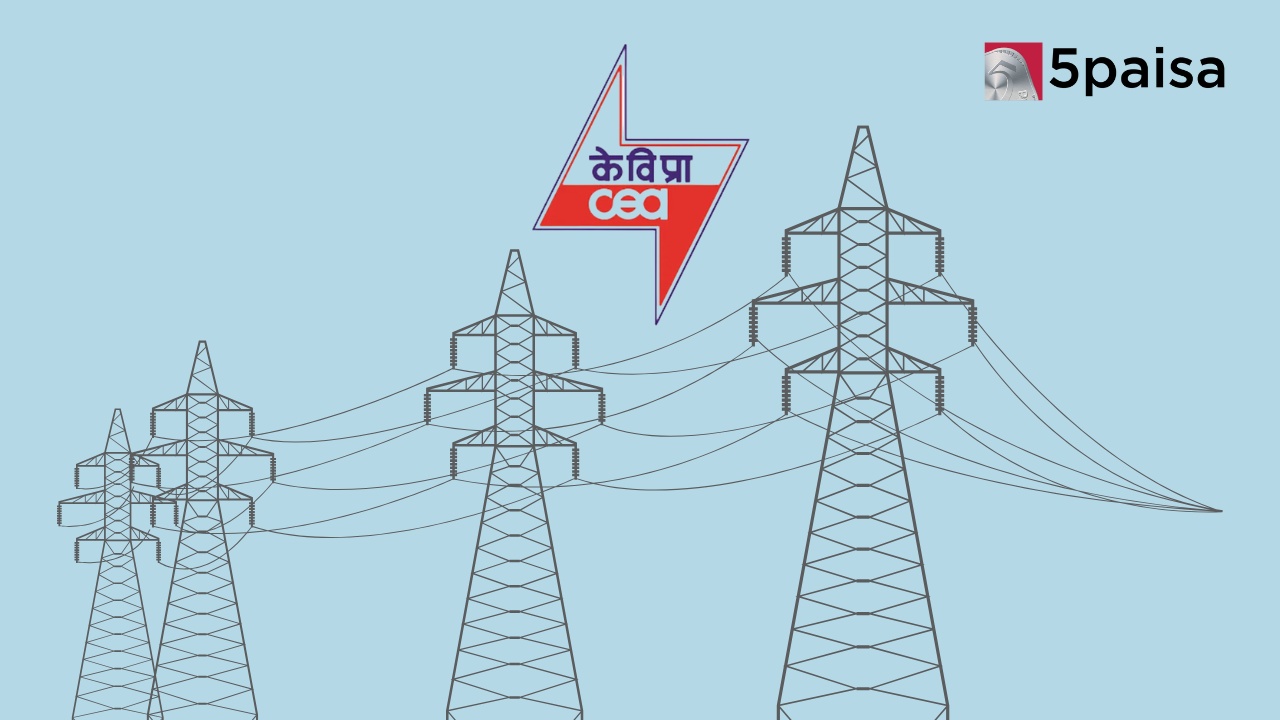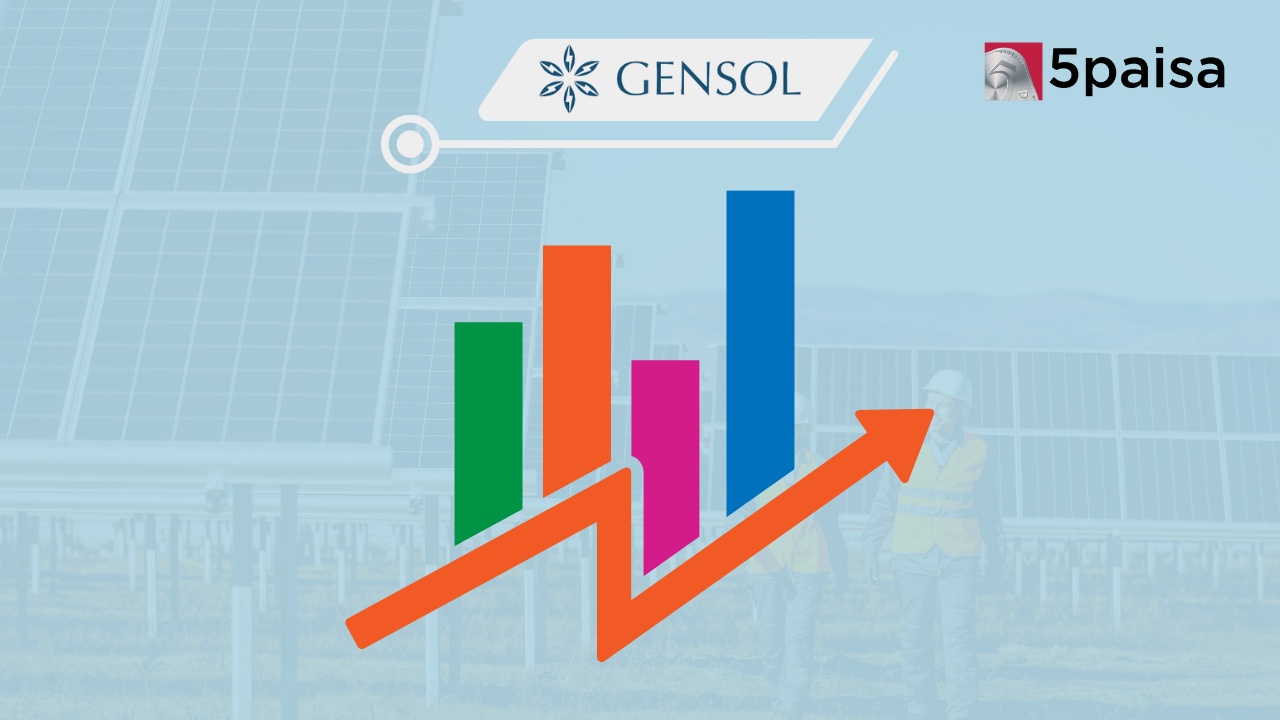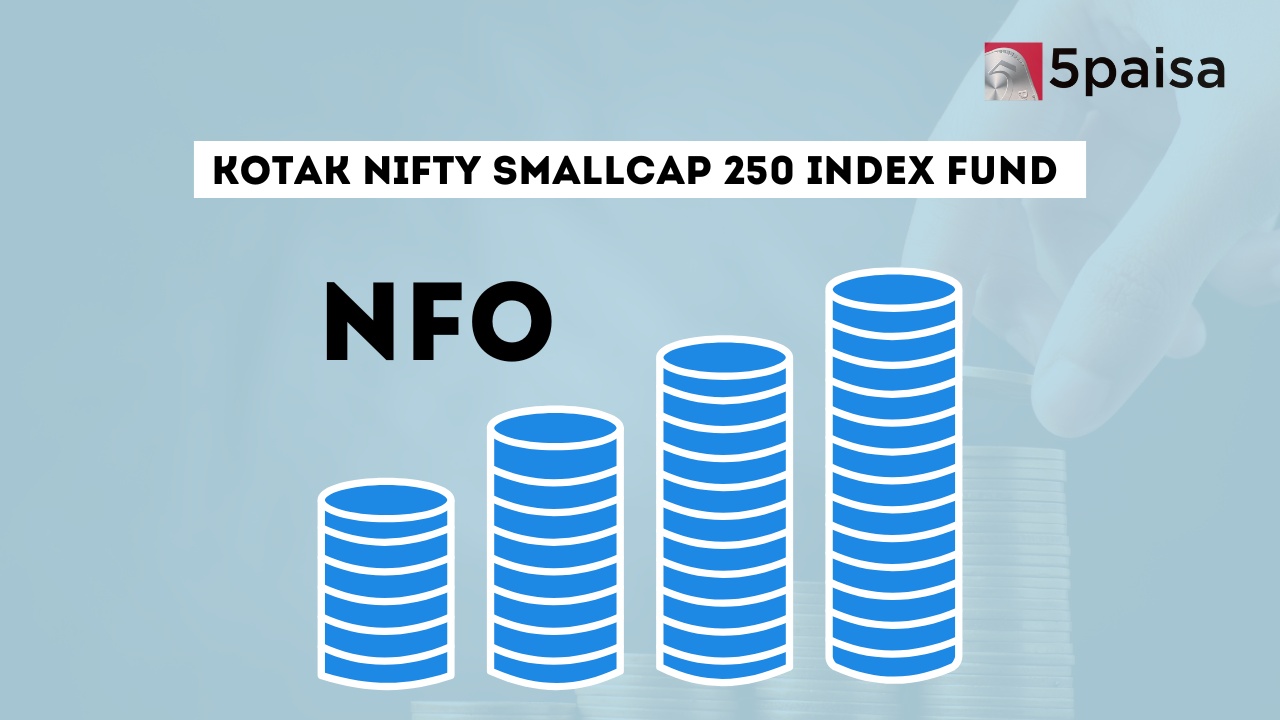Readymade Garments (RMG) exports to double by year 2027

Last Updated: 9th December 2022 - 09:01 am
Piyush Goyal has never been short of optimism. He has been quite aggressive about trade targets and has already set a target of more than doubling textile exports from the current $42 billion to $100 billion over the next five years. Now, he has set a more granular target for Readymade Garments (RMG). From the current level of $15 billion of exports, Goyal wants to give a big push to the export of readymade garments and take it $30 billion in the next 5-6 years. That would entail a CAGR growth of 12-14% each year over the next five years. He wants India to snatch a much bigger share of RMG exports ceded by China.
While China accounted for 33% of RMG exports, its share has fallen in the last few quarters due to the COVID related restrictions. In the meantime, countries like Bangladesh and Vietnam have moved ahead rapidly and gilled up the gap left by China. Goyal has been of the view that India did not move quickly enough and aggressively enough to latch on to this opportunity allowing Vietnam and Bangladesh to make the most of it. However, Goyal does not want India to be left behind in this chase for market share in readymade garments (RMG). That is where the latest bout of RMG export aggression is stemming from.
Read Why India’s readymade garment export industry may be in for good times ahead
According to a recent report by Care Edge Ratings, one big booster for Indian RMG exports could be the slew of trade agreements with key nations as well as the multiple incentive schemes rolled out by the government. This is likely to help India also to capture the declining share of China in the ready-made garment (RMG) market. Due to a combination of such trade agreements and product linked incentives rolled out for the textile sector, exports of RMG is likely to grow from $15 billion to $30 billion by the year 2027.
More importantly, this aggression on the RMG front will also help India to achieve an ambitious textile export target of $100 billion by 2030. The RMG is where the big opportunity and the low hanging fruit is. For instance, according to trade estimates, ready-made garments (RMG) exports at $500 billion accounts for about 59% of the total global textile & RMG trade of $850 billion. The RMG segment alone is expected to grow to $650 billion by the year 2027, so there is a huge virgin market for India to capture in the RMG space. That is the low hanging fruit that India is looking to capture at this juncture.
What is this global RMG market? Essentially, European Union (EU), the US, UK, Japan, Canada and South Korea account for more than 60% of the total global imports of ready made garments (RMG). The export market, in turn, is dominated by the likes of China, Bangladesh, Vietnam, Germany, Italy, Turkey, Spain and India. Pre-COVID, China had dominated the RMG export market with 33% market share in RMG. However, with the COVID risk, that has been falling steadily with other nations fighting for a share of the pie. India has the advantage of adequate raw material and a large labour workforce.
Goyal has repeatedly highlighted that India had good presence across the cotton textile value chain ranging from fibre to fabric. When there is presence across the value chain, it substantially reduces the transportation costs and lead time. In the process, it provides a cost-effective solution to customers. If India able to touch $30 billion by the year 2027, that would still give India a market share of just about 4.9% of the RMG export market. Goyal wants to reverse the situation of the last 4 years when India’s RMG exports stagnated and the China volume loss was captured more effectively by Vietnam and Bangladesh.
India now has free trade agreements with the UAE and Australia and the UK FTA is likely to happen shortly. This is expected to be a game changer. However, India must remember that countries like Vietnam and Bangladesh have a head start and they are not going to give up on market share so easily. Indian government has rolled out various incentive schemes like the Remission of Duties and Taxes on Exported Products, Rebate of State and Central Taxes and Levies, Production Linked Incentive (PLI) scheme, PM Mega Integrated Textile Region and Apparel (PM MITRA) etc. It is about bringing scale and cost effectiveness.
At the end of the day, the proof of the pudding lies in the eating and India was once the leader in textile exports before it gave up market share to Bangladesh and Vietnam. It will have to be doubly careful this time around.
- Flat ₹20 Brokerage
- Next-gen Trading
- Advance Charting
- Actionable Ideas
Trending on 5paisa
01
 5paisa Research Team
5paisa Research Team
06
 5paisa Research Team
5paisa Research Team
Indian Market Related Articles
Disclaimer: Investment in securities market are subject to market risks, read all the related documents carefully before investing. For detailed disclaimer please Click here.




